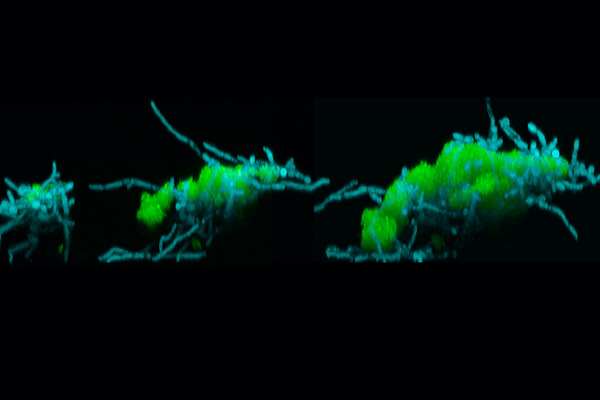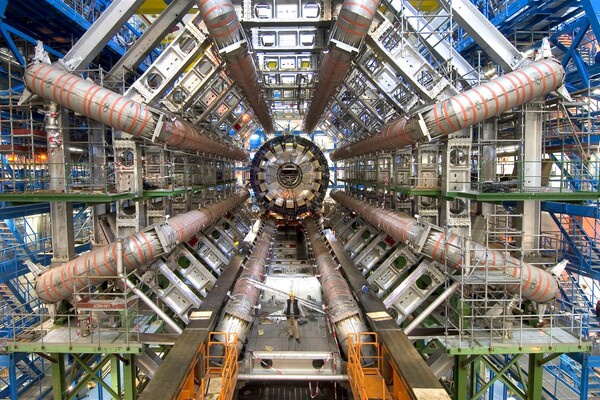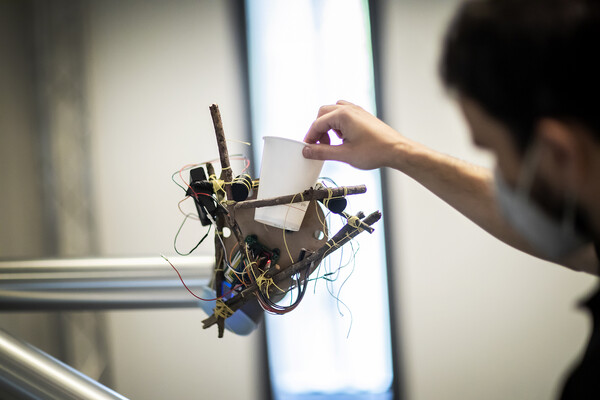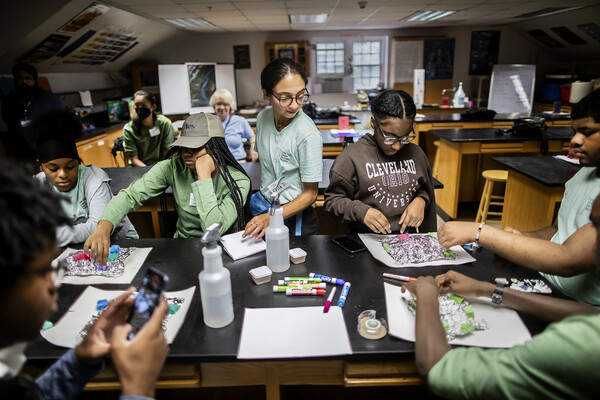High-Risk, High-Reward grants will support biomedical research projects
Latest News
Drexel University First-Year Building New Rover
Andrew DeLuca is just starting his first year at Drexel University as an electrical engineering student, but he’s already making waves in the engineering world. He hopes to make even more before he graduates.
Microbes that cause cavities can form superorganisms able to ‘crawl’ and spread on teeth
These multicellular, cross-kingdom assemblages were more resistant to antimicrobials and removal and caused more extensive tooth decay than their single-species equivalents, according to research led by School of Dental Medicine scientists.
Spilling the Secrets of Quantum Entanglement
Quantum technique accelerates identification of entangled materials.
How Stiff Is the Proton?
Scientists measure the proton’s electric and magnetic polarizabilities using the High Intensity Gamma Ray Source (HIGS).
Defining neural ‘representation’
Neuroscientists frequently say that neural activity ‘represents’ certain phenomena, PIK Professor Konrad Kording and postdoc Ben Baker led a study that took a philosophical approach to tease out what the term means.
What it’s like to be stationed at a particle accelerator
Gwen Gardner and Lauren Osojnak, Ph.D. candidates in physics, describe their work as part of the Penn ATLAS team at the Large Hadron Collider.
Near-Threshold Resonance Helps Explain a Controversial Measurement of Exotic Decay in Beryllium-11
The observation of a resonance in the beryllium-11 nucleus suggests that the proton emission from beryllium-11 is a two-step process rather than a dark matter decay channel.
A robot made of sticks
Devin Carroll, a doctoral candidate in the School of Engineering and Applied Sciences, is designing a modular robot called StickBot, which may be adapted for rehabilitation use in global public health settings.
Bolstering environmental education in Cobbs Creek
Through a Projects for Progress award and other University support, students in West Philadelphia are gaining greater access to STEM learning resources at the Cobbs Creek Community Environmental Center.












